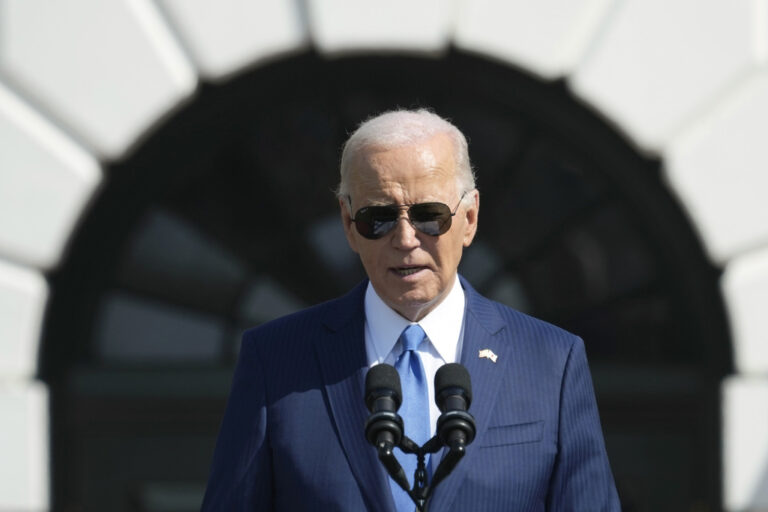 The world’s central banks are injecting a new complication into the Federal Reserve’s decision on when to raise interest rates from record lows:
The world’s central banks are injecting a new complication into the Federal Reserve’s decision on when to raise interest rates from record lows:
They’re cutting their own rates.
A Fed rate hike that comes as other central banks are reducing theirs would likely boost the U.S. dollar’s value. A stronger dollar would make U.S. imports cheaper, lower overall prices and likely make it harder for the Fed to meet one of its mandates: Lifting excessively low inflation to a healthier level.
It would also squeeze U.S. exporters by making their U.S. goods more expensive for overseas buyers. A sharp slowdown in exports would weaken the U.S. economy.
The conflicting central bank policies reflect America’s economic might compared with the sluggishness of most other major economies.
“Relatively stronger growth in the U.S. is setting the stage for higher interest rates, whereas the opposite is happening in the rest of the world,” says Timothy Duy, an economist and Fed watcher at the University of Oregon.
Last weekend, China’s central bank slashed key interest rates for the second time in three months to try to stimulate that nation’s slowing economy.
The European Central Bank this month will begin buying bonds to try to reduce borrowing rates, revive a flat-lining economy and raise dangerously low inflation. The ECB’s bond buying program, known as “quantitative easing” or QE, was used by the Fed three times to try to revive the U.S. economy after the Great Recession struck in late 2007. The Bank of Japan is also using QE to try to jolt a sluggish Japanese economy.
Now the Fed is moving in the opposite direction. It ended its bond-buying program last fall. And it must determine when the U.S. economy will be strong enough to justify lifting short-term rates from near zero, where the Fed has kept them since late 2008.
The U.S. job market is much healthier than it was a few years ago. Employers added more than 1 million jobs from November through January — the fastest three-month pace since 1997. U.S. economic growth is solid, though not spectacular.
Most economists expect the Fed to finally raise rates in either June or September. A clearer signal could come in two weeks with the Fed’s latest policy meeting, after which Chair Janet Yellen will hold a news conference.
But questions persist about the underlying health of the U.S. economy. Wages, which should be surging in an improving job market, until recently were barely keeping up with inflation. And the price gauge the Fed monitors most closely rose just 0.75 percent last year, well below its 2 percent target.
One reason inflation is stuck below what the Fed considers an optimal level: The dollar hasn’t waited for the Fed rate hike; it’s been surging. Since June 30, the dollar has climbed 19 percent against the Japanese yen and 22 percent against the euro. A rate hike in June or September likely would send the dollar even higher, thereby putting further downward pressure on inflation.
Though consumers welcome low inflation, excessively weak price increases make people reluctant to spend and debts harder to pay off. Over the long run, if prices don’t rise — and especially if they fall — a recession can result.
The Fed hasn’t sounded overly concerned about the dollar’s impact so far.
“Obviously, they would like to see inflation higher,” says Bernard Baumohl, chief global economist at the Economic Outlook Group. But “the main focus for the Fed right now is to see if the labor markets are tight” enough to boost wages .
Fed policymakers will be monitoring the government’s report Friday on the job market during February. In January, hourly wages rose 0.5 percent, the sharpest monthly gain since 2008. But it’s not clear they’ll keep rising.
The Fed doesn’t “have the data yet to be confident that inflation is going to trend up,” says Duy at the University of Oregon. Duy said he worries that the Fed might raise rates prematurely and damage an economy that finally seemed to be nearing full strength.
(AP)





